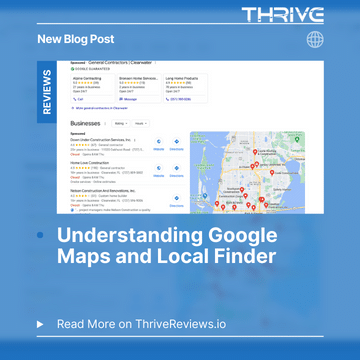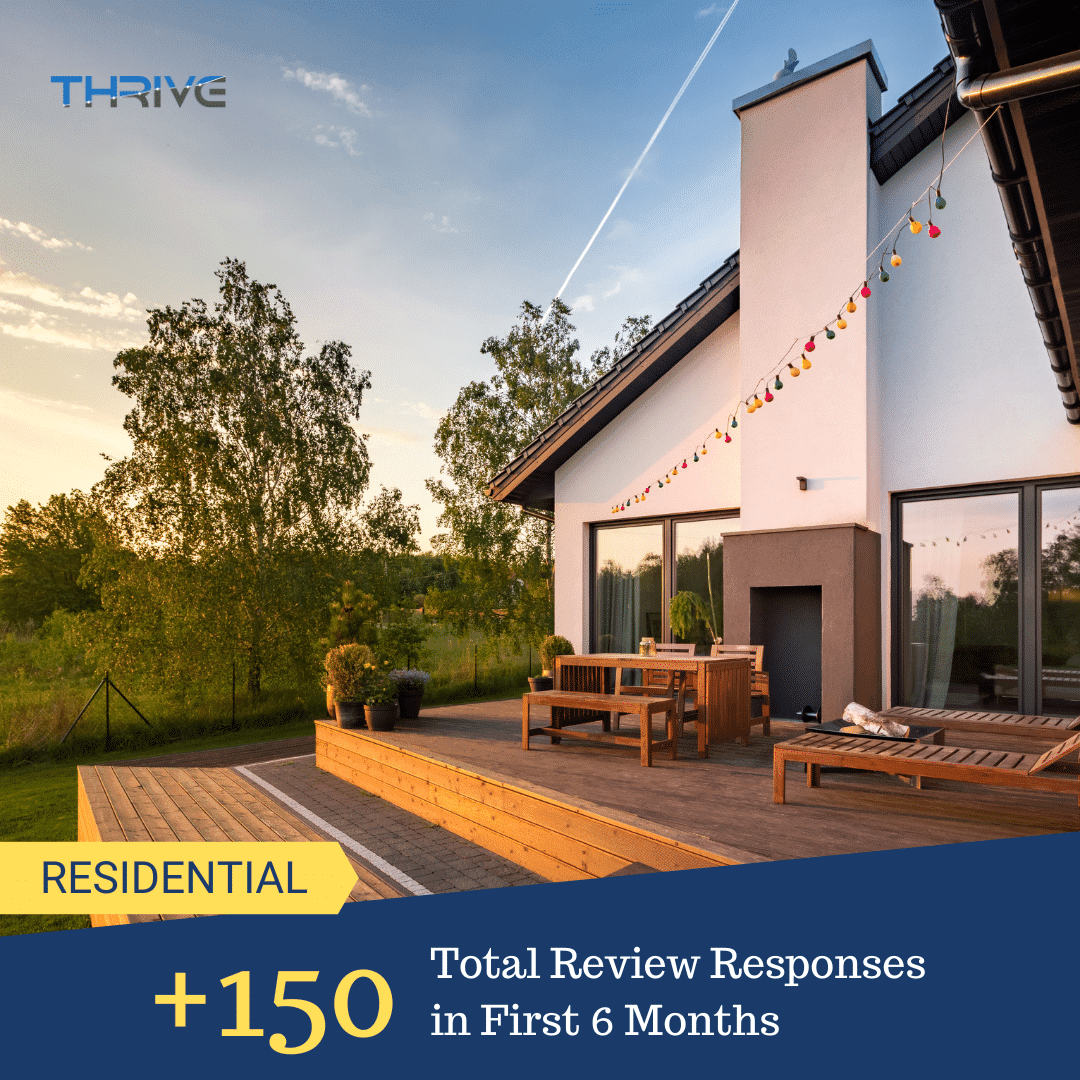Understanding Google Maps and Local Finder
Google Maps vs. Google Local Finder: What’s the Difference?
At first glance, Google Maps and Google Local Finder might appear to serve the same purpose. Both tools provide local business information, but their primary functions and user intents differ significantly.
Google Local Finder is designed to return results within a confined geographic area, making it simpler for users to discover nearby businesses. This tool is closely linked to Google Business Profiles and is generally activated when a user clicks on a local pack result from a standard Google search.
On the other hand, Google Maps offers a broader perspective. While it does provide local business information, its primary function is as a mapping engine, helping users plan routes and find services like gas stations, hotels, and eateries along the way.
In essence, while Google Maps caters to users looking for broader geographical information, Google Local Finder zeroes in on specific local business searches.
Strategies for Optimization Across Both Platforms
To ensure your enterprise is conspicuous on both Google Maps and Local Finder, ponder over the ensuing stratagems:
Augment Your Google Business Profile: Ascertain that your profile is contemporized with precise categories, an exhaustive description, and congruent NAP (Name, Address, Phone Number) data. For more on this, LinkedIn provides a detailed breakdown.
Elevate Local SEO: Incorporate local SEO best practices, such as tailoring your website for local keywords, constructing local citations, and galvanizing customer reviews. Infoserve sheds light on the nuances between the two platforms.
Decipher User Intent: Recognize that while both tools dispense local business data, they cater to disparate user intents. Google Maps users might be exploring a broader terrain, while Local Finder users are likely on the hunt for specific local enterprises.
Conclusion
While Google Maps and Google Local Finder might seem analogous, discerning their distinct functionalities and user intents can empower enterprises to optimize their local search stratagems. By concentrating on enhancing your Google Business Profile and prioritizing local SEO, businesses can amplify their visibility across both platforms.











